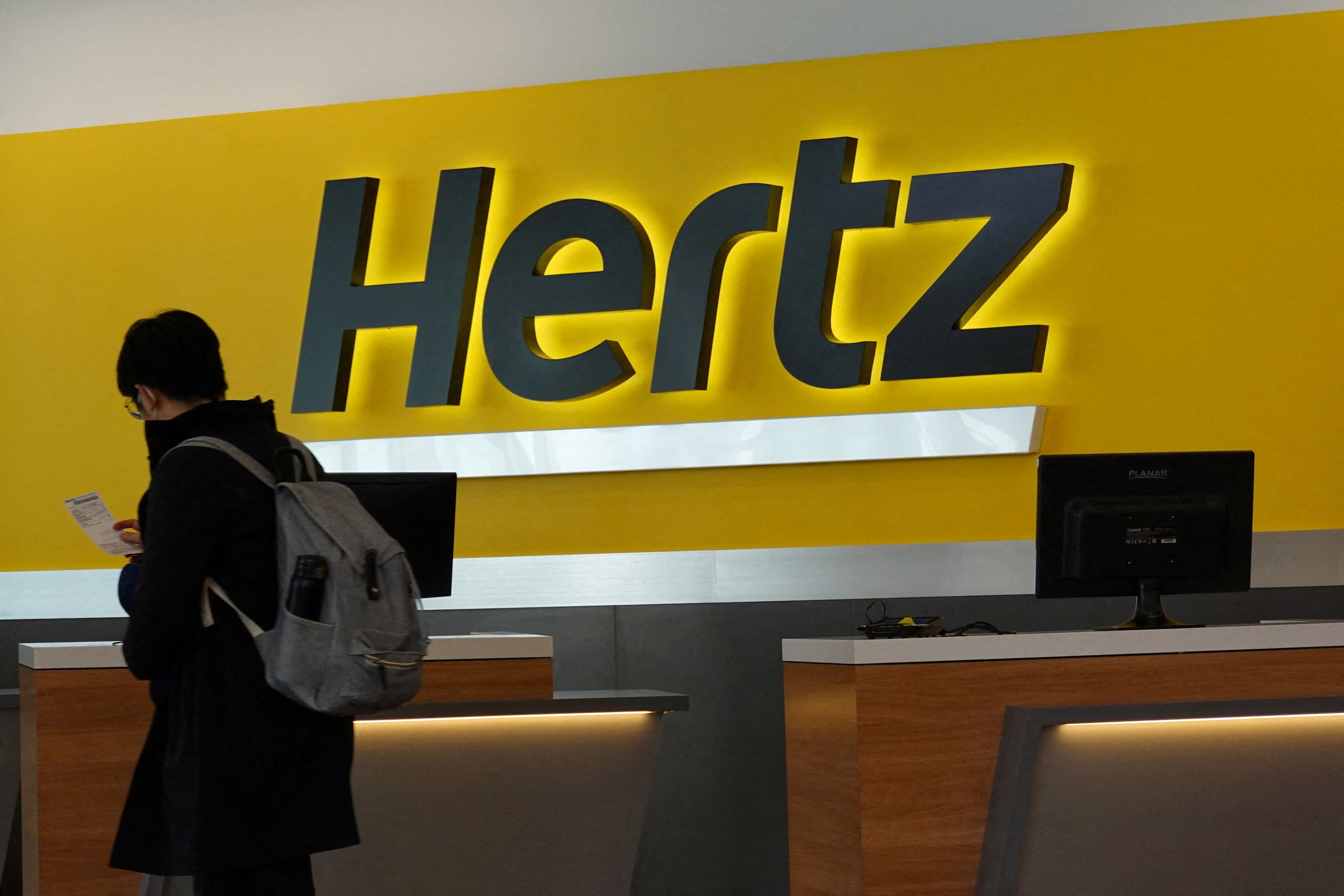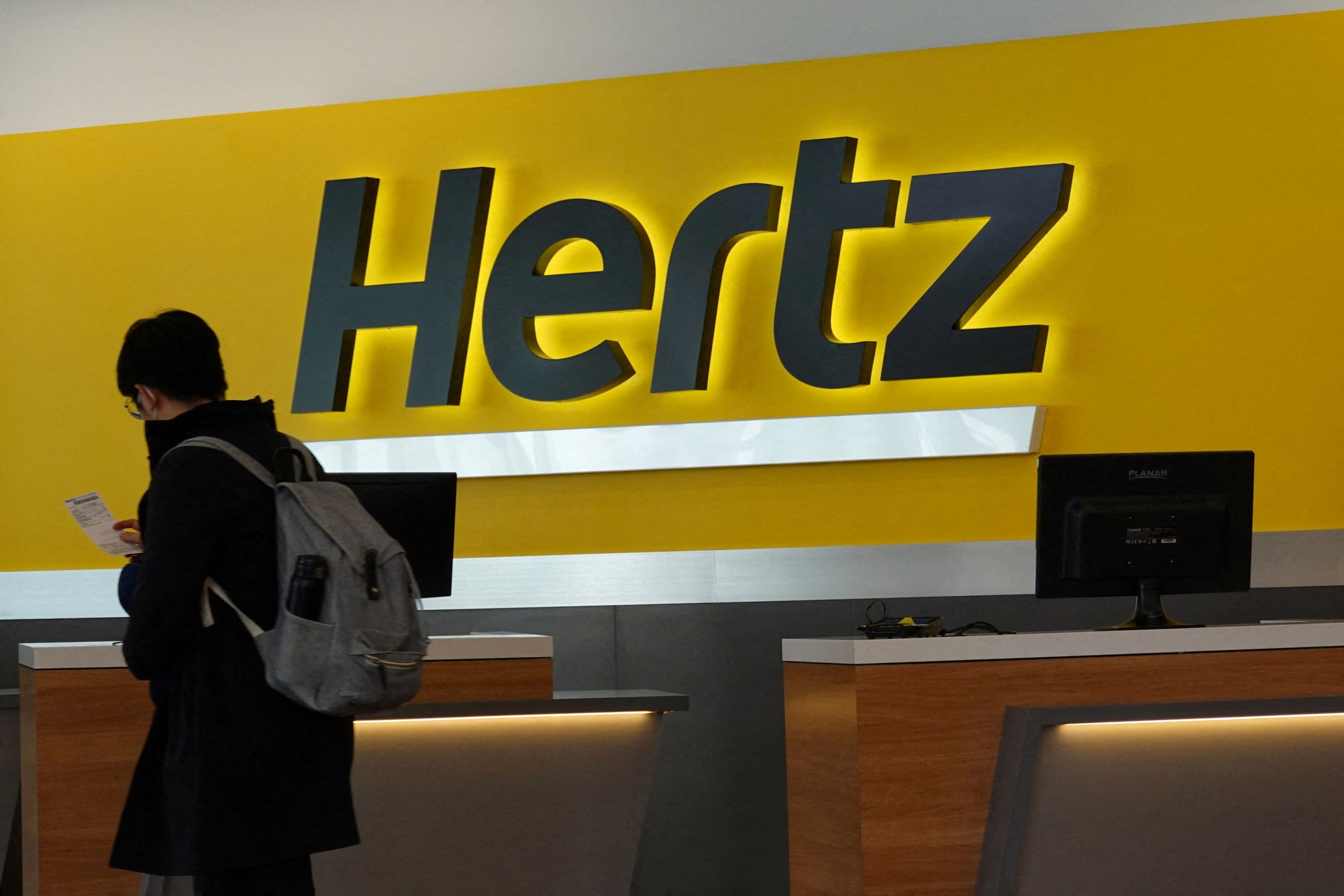
The Curious Case of Hertz: How a Rental Giant Hit Financial Potholes
Dude, let’s talk about Hertz—the once-unstoppable rental car titan now stuck in financial quicksand. Seriously, what happened? One minute, they’re cruising down the highway of profitability; the next, they’re swerving into a ditch of depreciation costs and EV misfires. As a self-proclaimed spending sleuth, I couldn’t resist digging into this corporate whodunit. Buckle up, because this ride’s got more twists than a Black Friday shopping spree.
—
Depreciation Disaster: When EVs Became Financial Anchors
Hertz’s biggest headache? Depreciation—specifically, the free-falling resale value of their electric vehicles. The company bet big on EVs, only to watch their fleet’s worth plummet faster than a clearance-bin flat-screen. In 2024, Hertz reported $2.2 billion in operating cash flow, down $250 million from the year before. But here’s the kicker: they shelled out $2.8 billion on new vehicles, digging themselves deeper into a financial sinkhole.
And let’s not ignore the interest rate monster. Elevated borrowing costs have turned Hertz’s balance sheet into a horror show, contributing to a jaw-dropping $1.3 billion net loss last quarter. EVs were supposed to be the future, but for Hertz, they’ve become a very expensive lesson in market timing.
—
The Vanishing Customers: Why Renters Are Ghosting Hertz
If depreciation is the stab wound, then declining bookings are the salt rubbed in it. Q1 2025 was brutal: $443 million in losses on $1.81 billion in revenue, compared to $186 million in losses on $2.08 billion the year before. Translation? Fewer customers, shrinking revenue, and a stock price that nosedived 19.24% after a dismal earnings report.
What’s driving renters away? Maybe it’s the sticker shock of higher rental fees (thanks, interest rates). Or perhaps Hertz’s fleet management has been as smooth as a pothole-riddled road. Either way, the company’s “back-to-basics” strategy—launched in late 2024—hasn’t yet reversed the trend. Investors aren’t just skeptical; they’re bailing like it’s a sinking ship.
—
Hertz’s Hail Mary: Can Financial Maneuvers Save the Day?
Facing a cash crunch, Hertz is pulling out every trick in the corporate playbook. First up: a $1 billion capital raise, split between secured notes and exchangeable debt. Then there’s the stock buyback hustle—a classic move to prop up share prices and whisper sweet nothings to nervous investors.
But let’s be real: financial engineering won’t fix Hertz’s core issues. The company needs to streamline fleet costs, optimize operations, and maybe—just maybe—rethink its EV strategy. Otherwise, those shiny new notes will just be a Band-Aid on a bullet wound.
—
Final Verdict: A Road to Recovery or a Dead End?
Hertz’s story is a cautionary tale of aggressive bets, economic headwinds, and operational missteps. Depreciation, customer attrition, and rising costs have left the company in a precarious spot. Sure, they’re scrambling for solutions—debt offerings, buybacks, strategic pivots—but the real test is whether they can adapt fast enough to win back Wall Street’s trust.
For now, Hertz remains a fascinating case study in how even industry giants can skid off course. Will they recover? Stay tuned, because this financial detective isn’t closing the case just yet.

